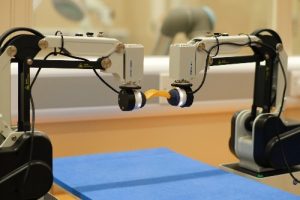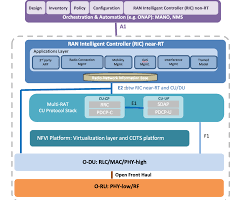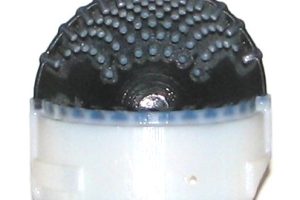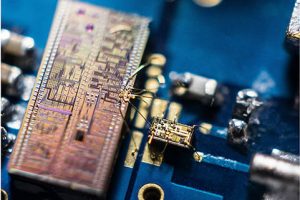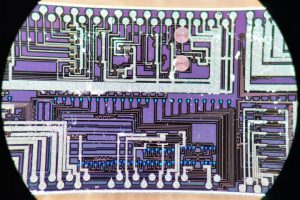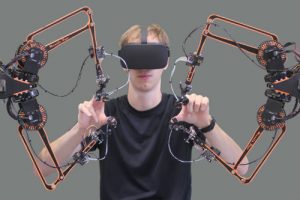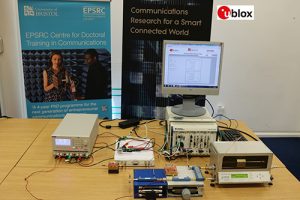Scientists at the University of Bristol are using AI to help two robot arms to share the handling of objects – something they call bi-manual manipulation. “With our system, we can train AI agents in a virtual world within a couple of hours to achieve bi-manual tasks that are tailored towards the touch,” said research engineer Yijiong Lin. “More importantly, ...
Tag Archives: University of Bristol
Readers’ Choice Award: University Research Project of the Year
Winner University of Bristol Bristol has created a 3D-printed fingertip that produces signals that appear to mimic human touch. It can produce artificial nerve signals that look like recordings from real, tactile neurons. This is an exciting development in soft robotics; it helps uncover how the complex internal structure of human skin creates our human sense of touch. On ...
York, Bristol and Surrey universities share £28m O-RAN development grant
The universities of York, Bristol and Surrey are to share £28 million from the government to work with Ericsson, Nokia and Samsung on developing future O-RAN networking technologies. The universities will work with UK academics and industry players to ensure future network are designed to support O-RAN to promote a more diverse and innovative telecoms market. O-RAN enables operators to ...
EnSilica grows new Bristol design centre
EnSilica has opened a new design centre in Bristol, with a staff of 14 engineers and a focus on advanced node ASIC design. The opening follows a period of significant growth, says the company, with Bristol being chosen for its electronics heritage, its university links and the quality of life offered by the city. The design centre is the company’s ...
Robotic finger tip makes human-like ‘nerve’ signals
Researches at the University of Bristol have created an artificial fingertip that produces signals that appear to mimic human touch nerve signal. “We found our 3D-printed tactile fingertip can produce artificial nerve signals that look like recordings from real, tactile neurons,” according to Bristol’s professor of robotics Nathan Lepora. “Human tactile nerves transmit signals from various mechanoreceptors, which can signal ...
SiGe, Ge-on-Si and CMOS combined at Bristol for quantum record
Researchers from the University of Bristol have made a detector to measure quantum features of light in more detail than ever before, with a sensor “clocked at an order of magnitude faster than the previous state-of-the-art,” said Bristol. It was used to measure the unique properties of ‘squeezed’ quantum light at record high speeds, according to the university’s Quantum Engineering Technology ...
Bristol university makes photons for quantum computing, on CMOS
A team of physicists at the University of Bristol has used CMOS to integrate photon source suitable for “large-scale quantum photonics”, it said. “An important challenge that has limited the scaling of integrated quantum photonics has been the lack of on-chip sources able to generate high-quality single photons,” according to Bristol quantum engineer Stefano Paesani. Without low-noise photon sources, errors ...
Low-cost force feedback human interface from the University of Bristol
The University of Bristol creates hand-manipulated robot arms with force feedback.
UK wetted electrostatic actuators equal muscle for power
The University of Bristol has created electrostatic actuators that it claims can lift 1,000 times their own weight, contract by 99.8% of their length, and deliver specific energy and specific power equivalent to muscle. They use pure electrostatic attraction between flexible electrodes of opposing polarities, augmented with liquid dielectric. The base unit of the actuator is almost a hinge. Taking ...
Novel front-end rejects RF self-interference for LTE
U-blox and University of Bristol have developed a tunable frequency-division duplexing RF front-end that combines passive and active self-interference cancellation. With the proof-of-concept demonstrator, an electrical-balance duplexer is used to passively cancel transmitter noise in the receive band, and an active canceller is employed to suppress self-interference in the transmit band. It has been characterised in duplex configurations working between ...
 Electronics Weekly Electronics Design & Components Tech News
Electronics Weekly Electronics Design & Components Tech News
